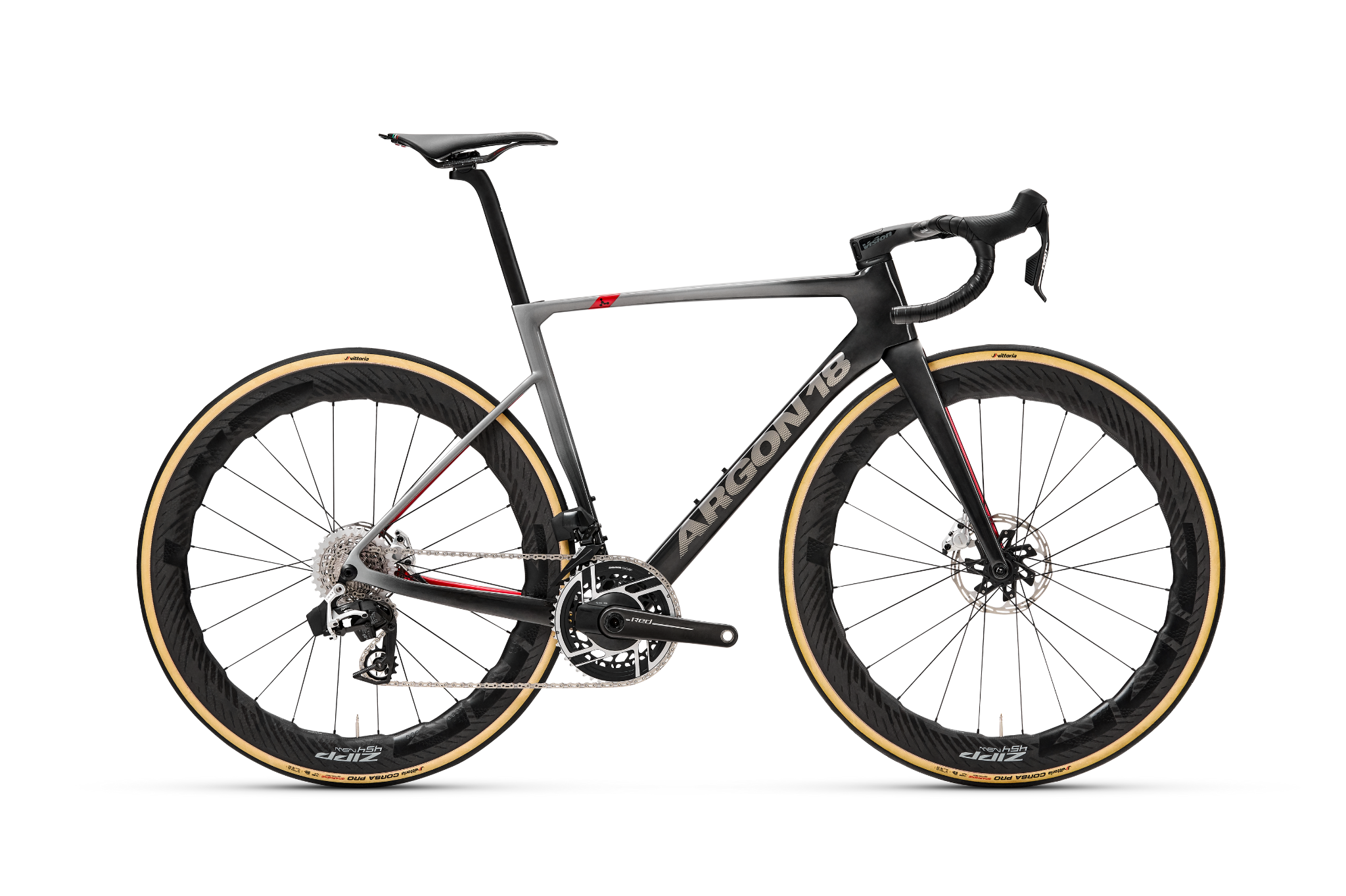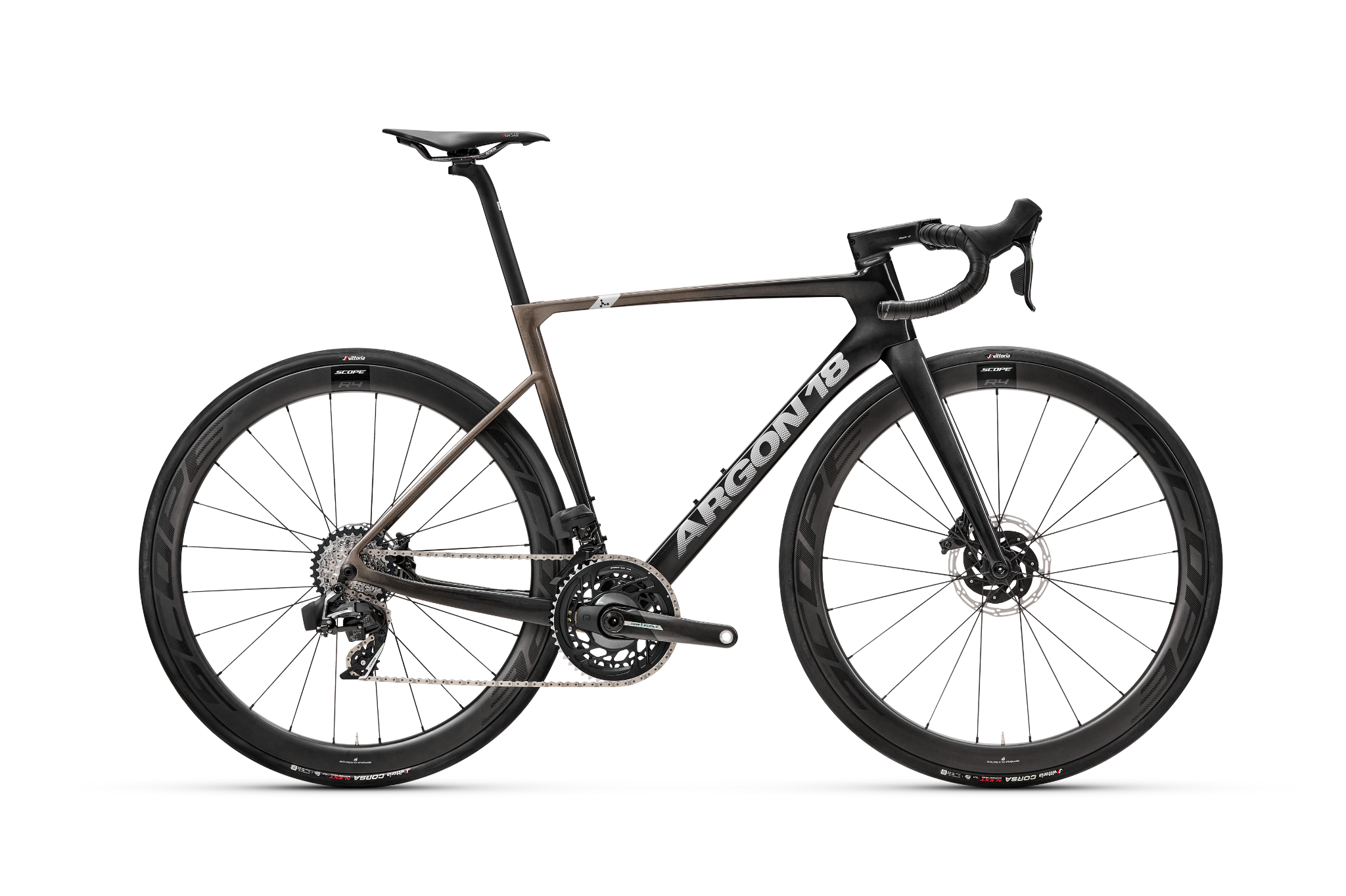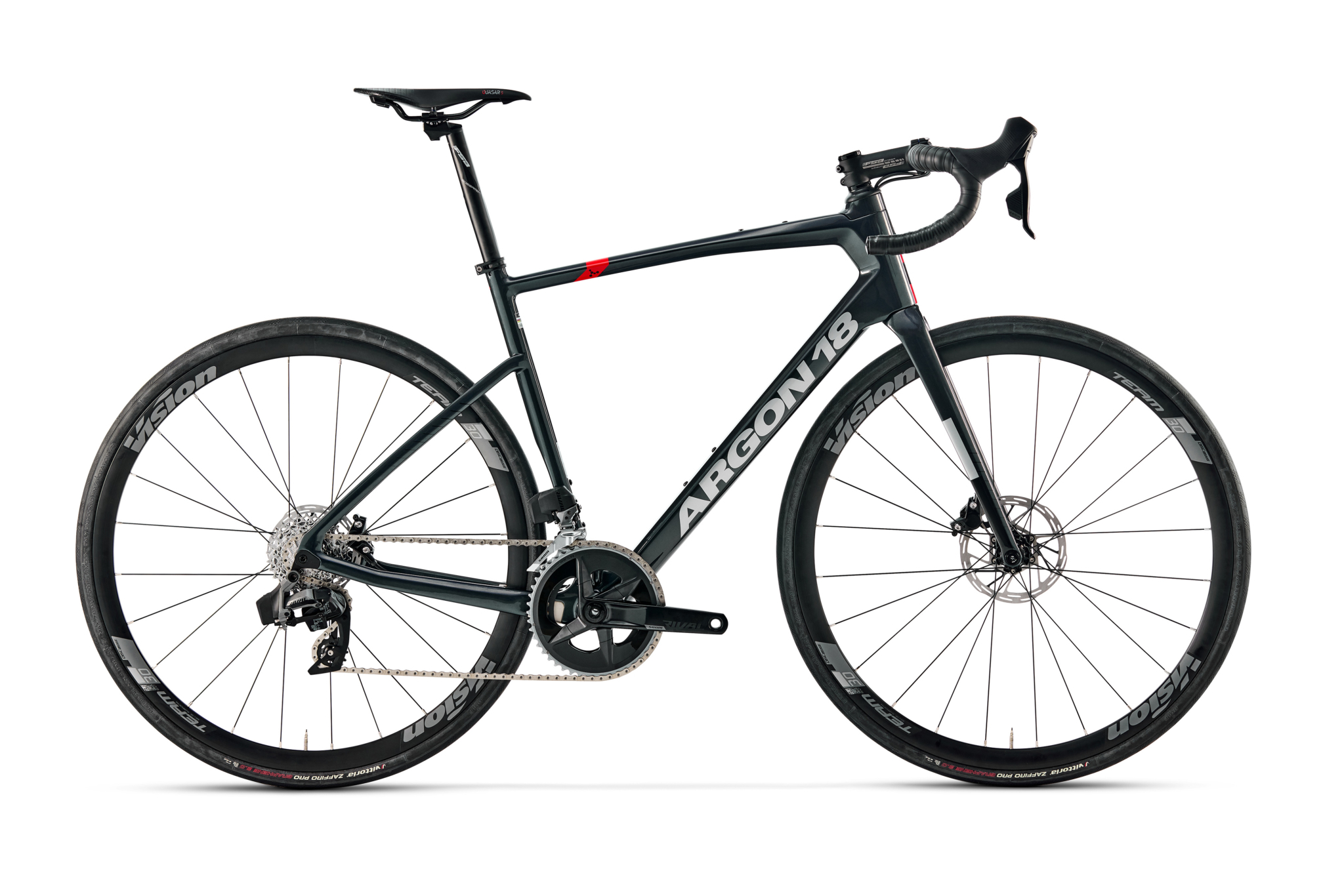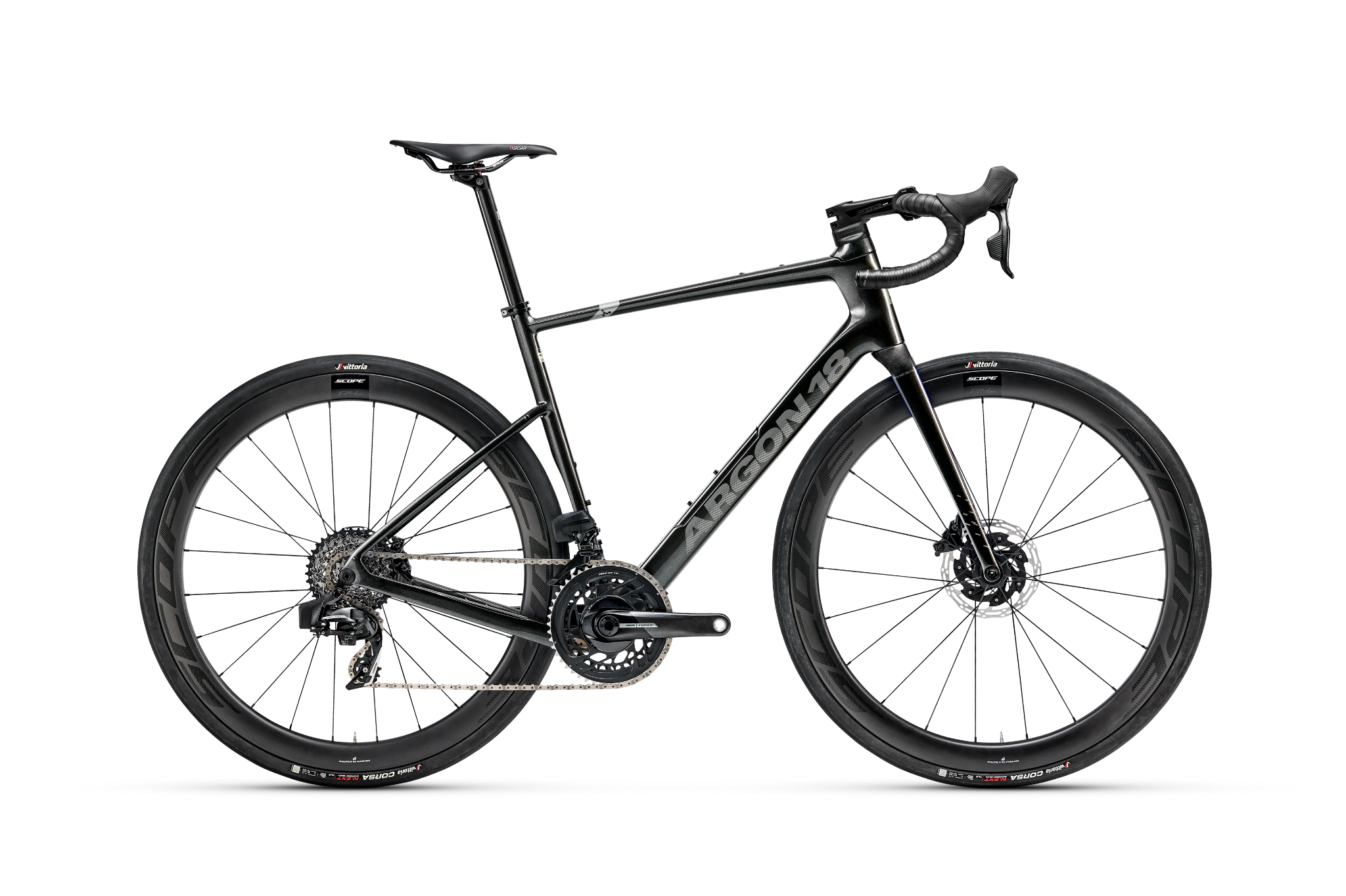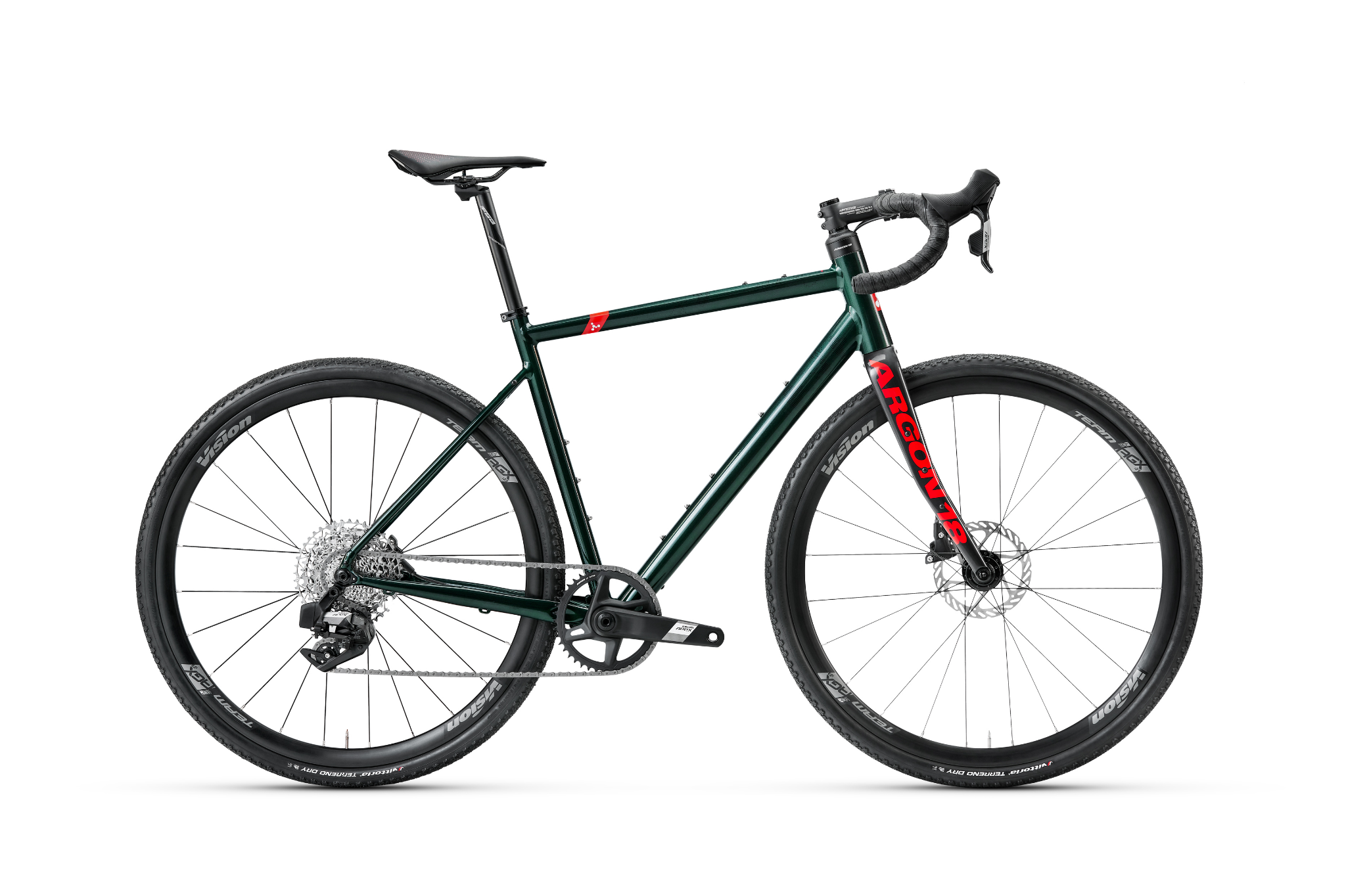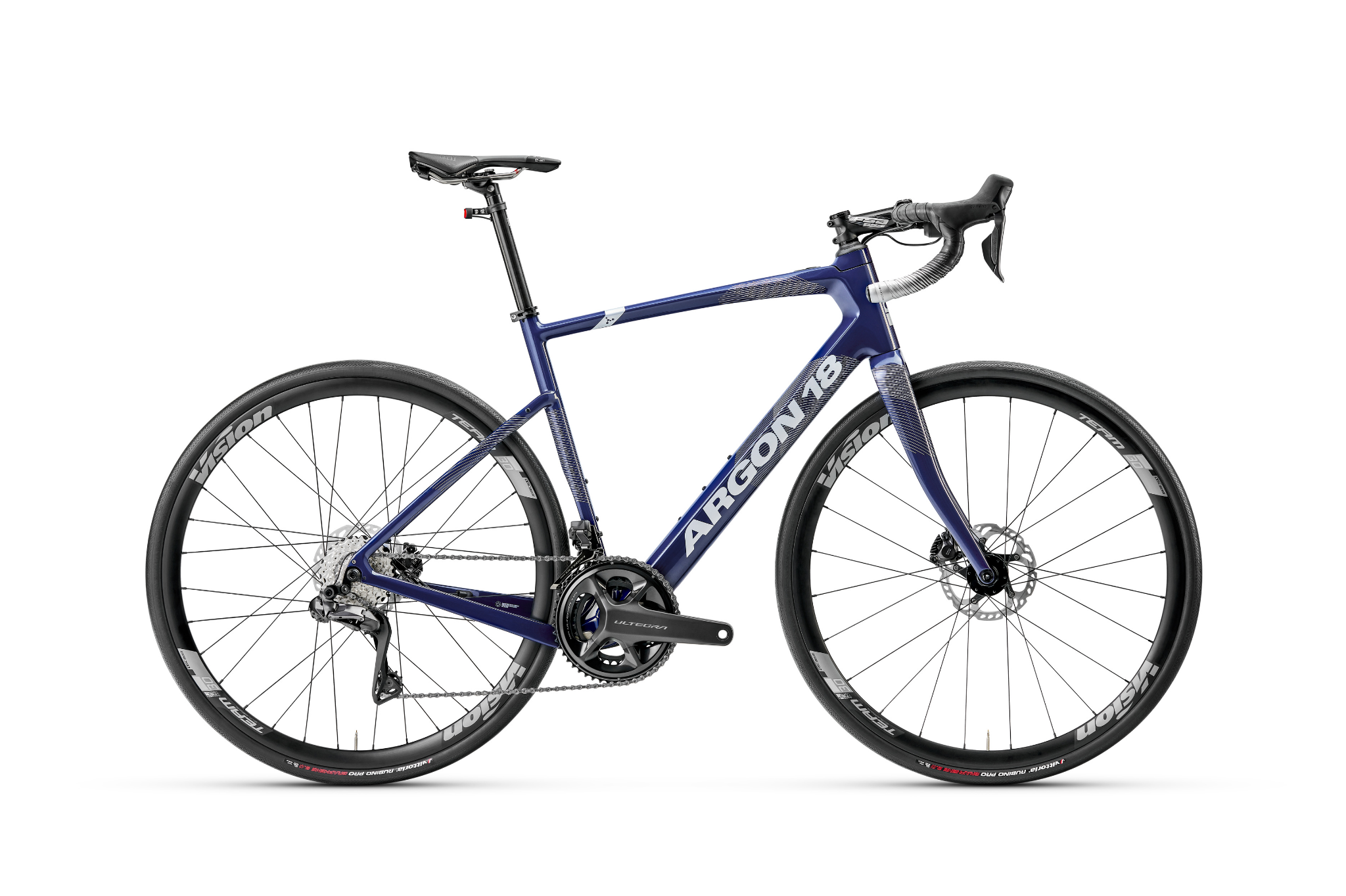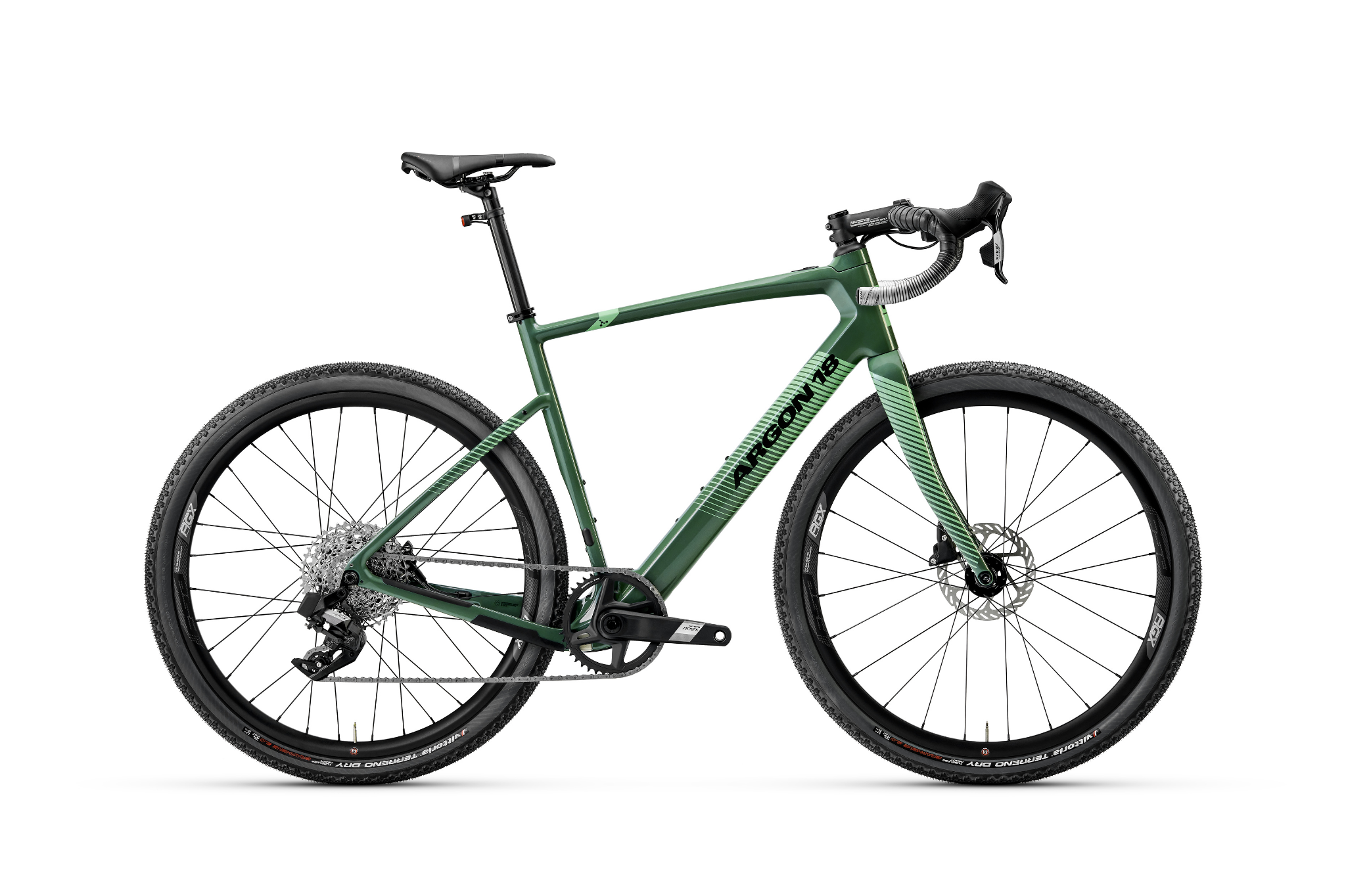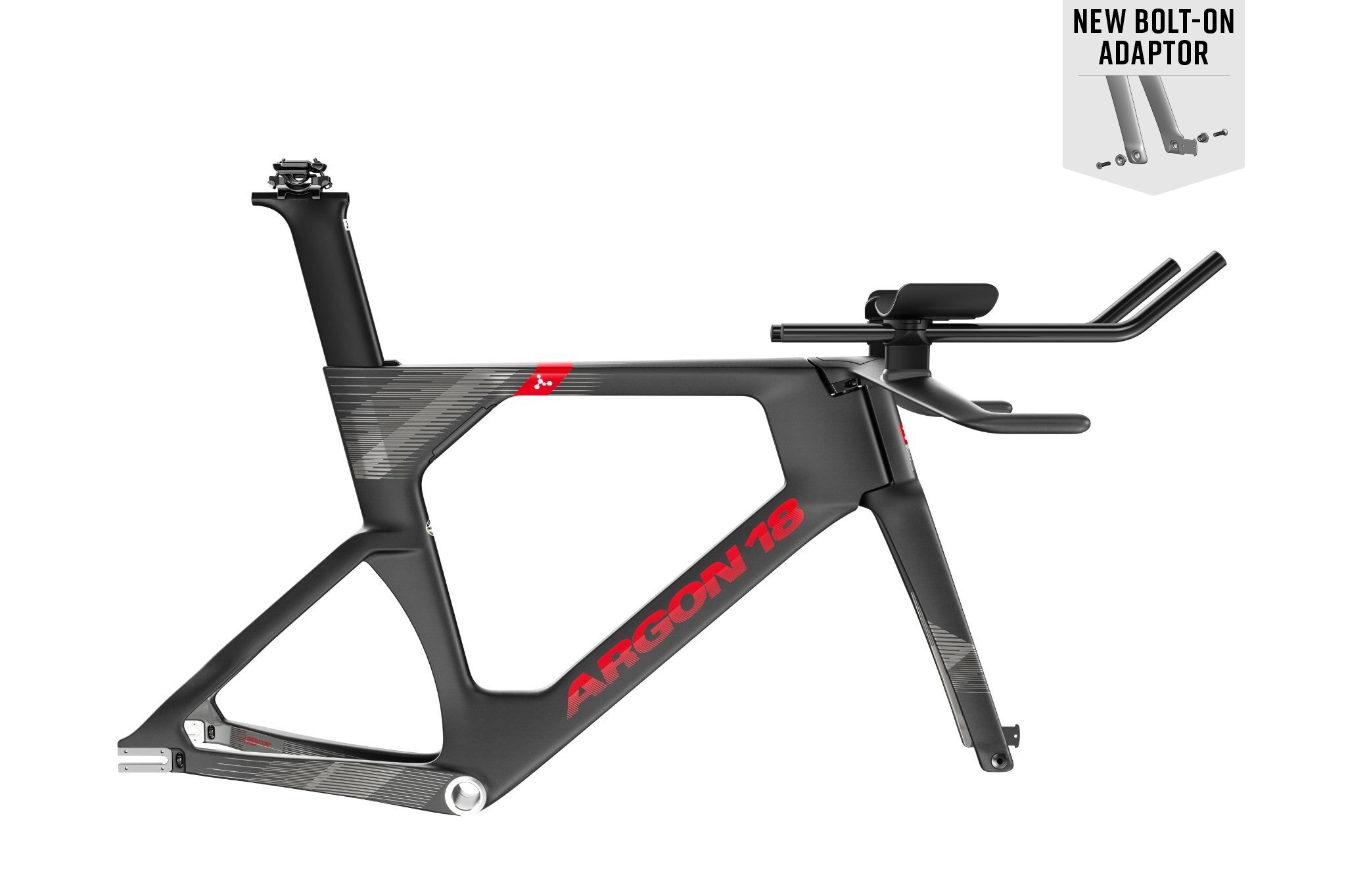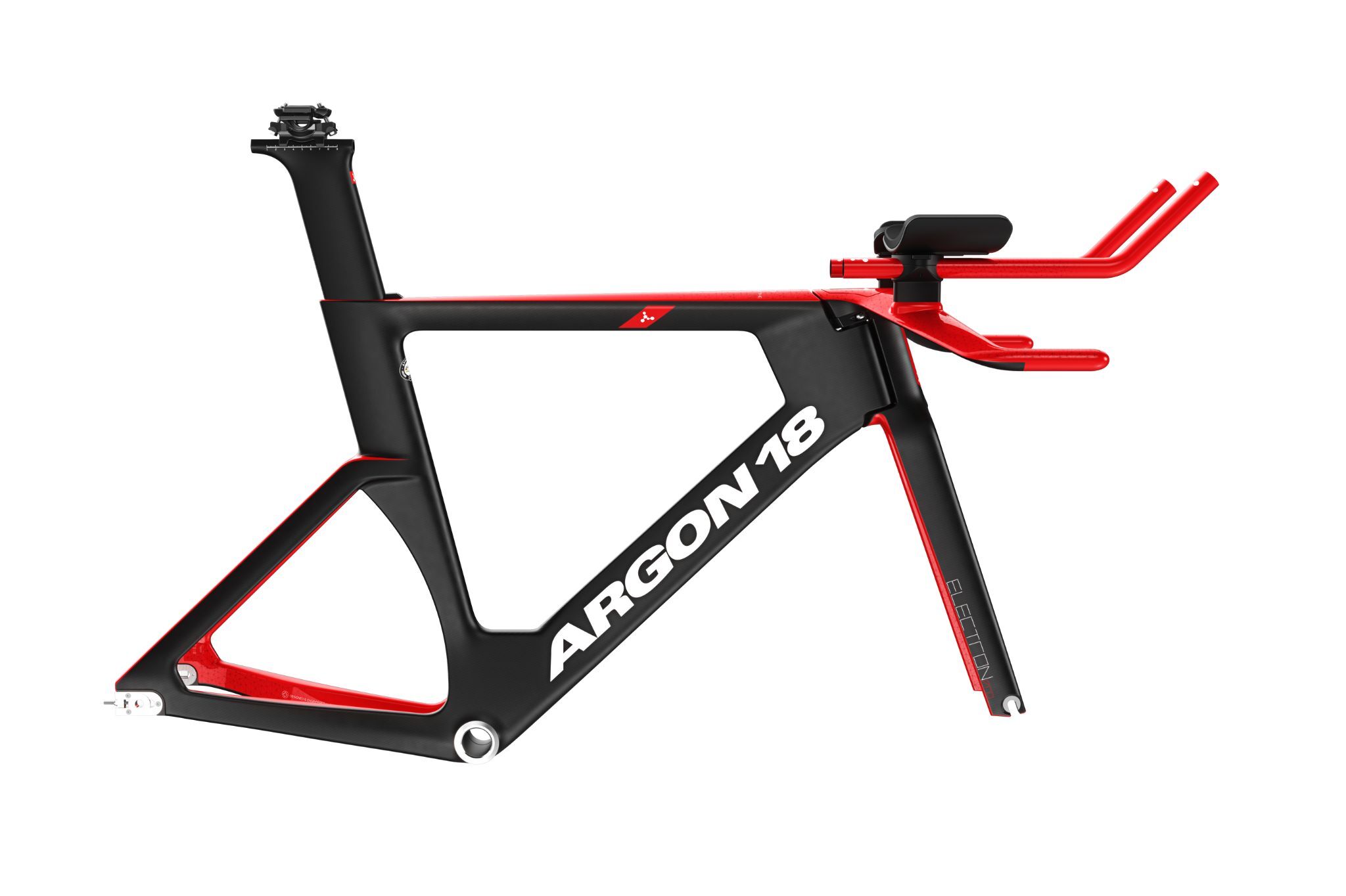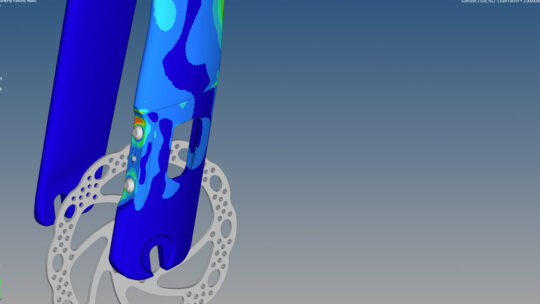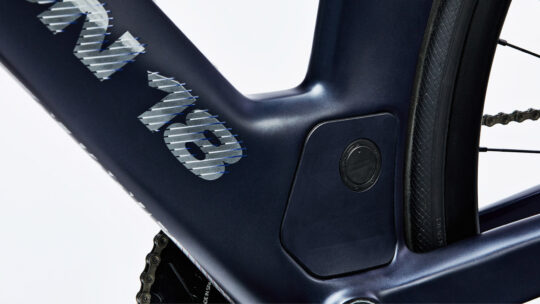R&D Deep Dive: Fit Meets Function – Cockpit Design
The new E-119 Tri+ Disc features a fully redesigned cockpit to offer the best fit, adjustability and aerodynamics to our athletes. Our design goal was to offer a cockpit that made travel and fit easy and intuitive, with fewer small parts and quick positioning adjustments. We also wanted to fully integrate the hydraulic fluid reservoir, to align with our integrated brake calipers.
Like all the design goals for the new E-119, maximising aero advantage was essential. We focused on possible aero gains that could be achieved from integration as well as features like the new mono-post design for the risers. But of course, as all triathletes know, the most substantial aero gains are achieved through optimized rider position, something we also focused on throughout our design process.
Cockpit Design & Rider Fit
The E-119 Tri+ Disc cockpit was redesigned in partnership with by Mat Steinmetz from 51 Speedshop. Mat’s expertise in bike fit was essential, as 51 Speedshop is well-known for its aero extensions that greatly allow for increased fit range for triathlon cockpits. The choice of a mono-post, design of the armrest cups and pads came from this collaboration, and Mat helped us define the fit window based on his extensive experience in fitting triathletes.
While the fit window of the new bike is similar to the previous-generation E-119 cockpit, it allows riders to get 9mm lower as a result of the cockpit design, and integration with the handlebar and fork. The previous extension could achieve a range of angles from -15 to +15 degrees, while the new extensions offer a range from 0 to +20 degrees. Based on data from actual fit sessions and rider feedback, we found that this was the primary range that gave athletes their preferred position, therefore focusing on this range allowed us to provide the right fit for the broadest range of athletes, based on real-world data.
51 Speedshop is a recognised industry leader in the design of extension bars. With their expertise, our new extensions offer geometry that features a natural rise and places the hands close together. The mid-section features an aero profile that closely follows the forearm and hand, drawing on the design we developed for the Electron Pro TKO, developed for Cycling Australia’s Olympic track team. And while integration is important, we worked on an open platform to ensure compatibility for all riders. The bars still follow the round 22.2mm diameter standard, so that other extensions and shifters can be swapped out if riders already have a favourite setup.
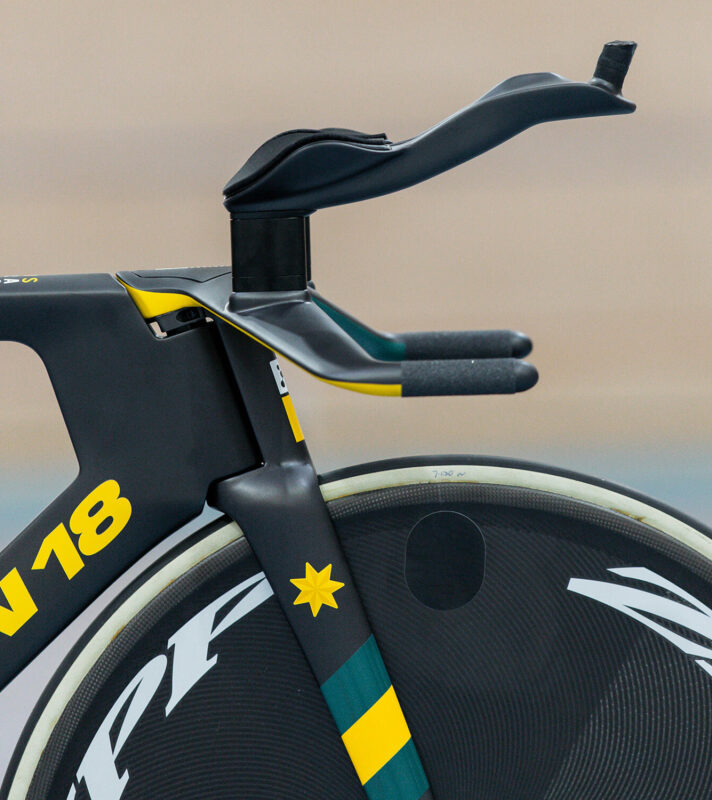
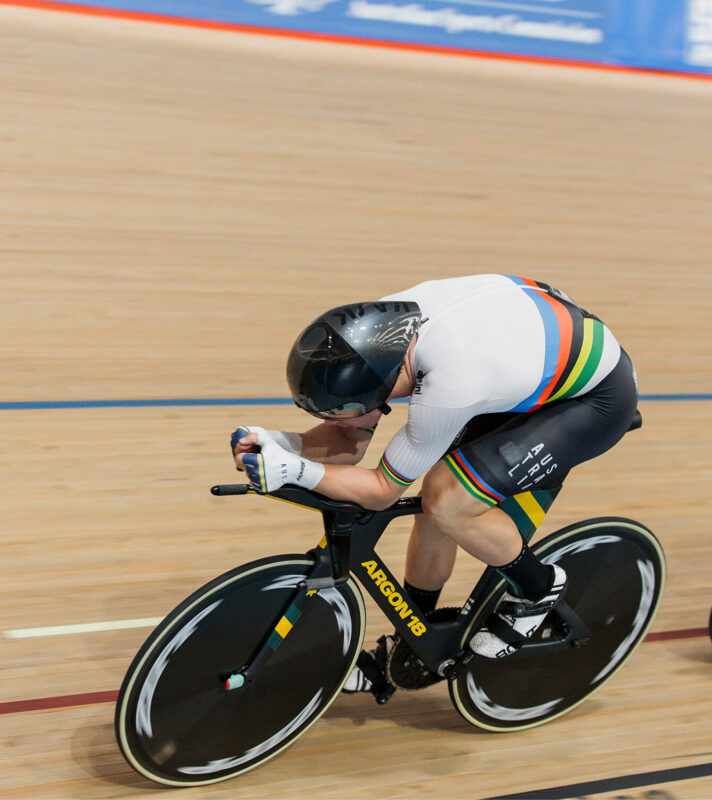
Form and Fit
Some of the learnings from the development of the Electron Pro TKO were applied to the E-119 Tri+ Disc cockpit design
Photos by @hikarimedia
Allowing the rider to hold the aero position for the full IM distance is a fundamental consideration in cockpit design. Our new armrest cups and pads allow for a larger contact area with the arm for more comfort. The cups also have more pronounced sides to lock the elbow in place, but without a restrictive feeling. The handlebar has been widened from the previous version, to allow for better handling. With usability and rider convenience in mind, the cockpit also features a dedicated bracket for both a regular water bottle cage between the extensions, as well as a bracket for a head unit to be mounted on the extensions.
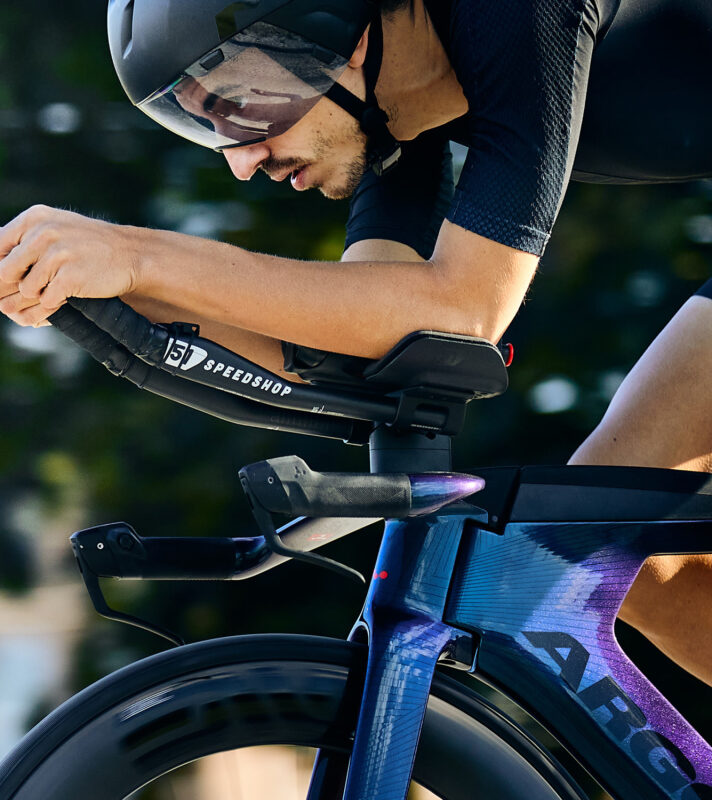
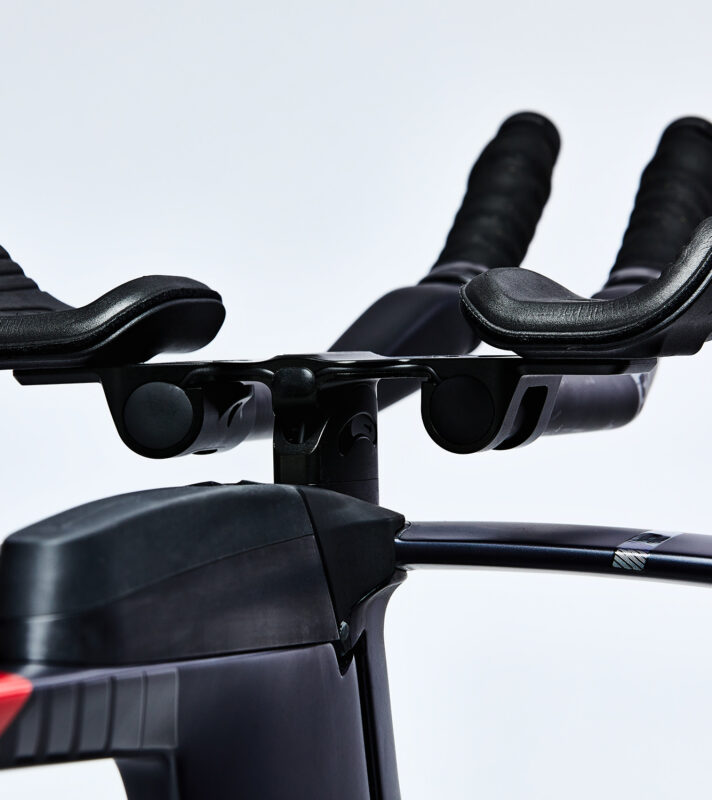
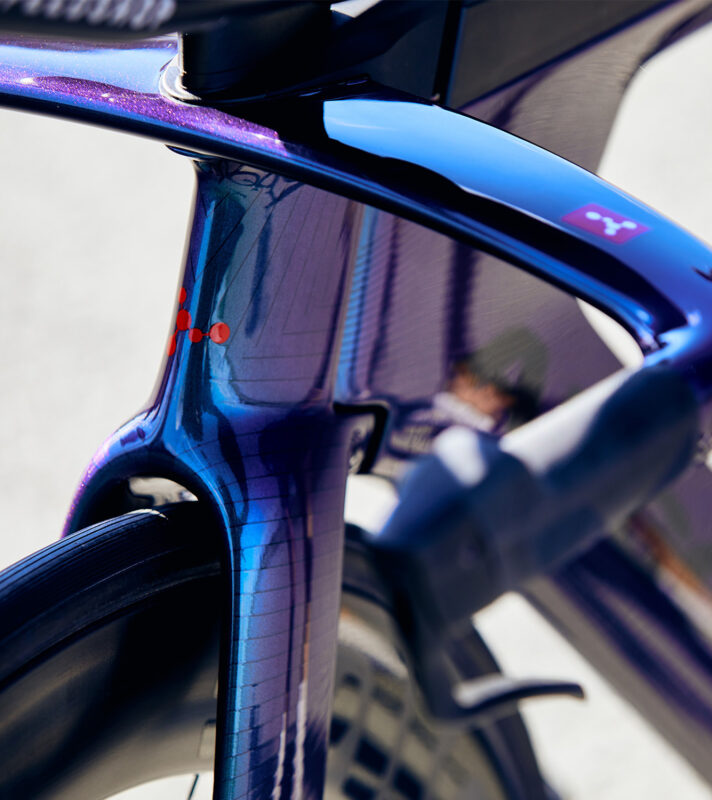
Rider-Focused Design
Easy adjustments and intuitive fit make the E-119 Tri+ Disc cockpit design unique
Photos by @payette
The ability to get the right fit is essential, but the ease of adjusting and travelling with the cockpit is also of critical importance to triathletes. Adjusting the angle of the cockpit is hugely simplified with our new design, with only two screws to adjust, easily accessible on the top of the cockpit. Adjusting the stack is also easily done by changing the number of spacers and adjusting the two dedicated screws. Travel prep is similarly intuitive, if using a bag or case, as there are fewer small parts in the cockpit that would need to be removed and re-calibrated upon arrival. Perhaps best of all, these adjustments can all be done without losing the position of the extensions in the cockpit, something that will make most triathletes feel a bit of relief!
Integrated Hydraulics
Integration is everywhere on the new E-119. We’ve already shared details about our integrated disc brakes, integrated bento box and toolkit. In the new E-119 cockpit we’ve also integrated the hydraulic mechanism for a clean, ergonomic design.
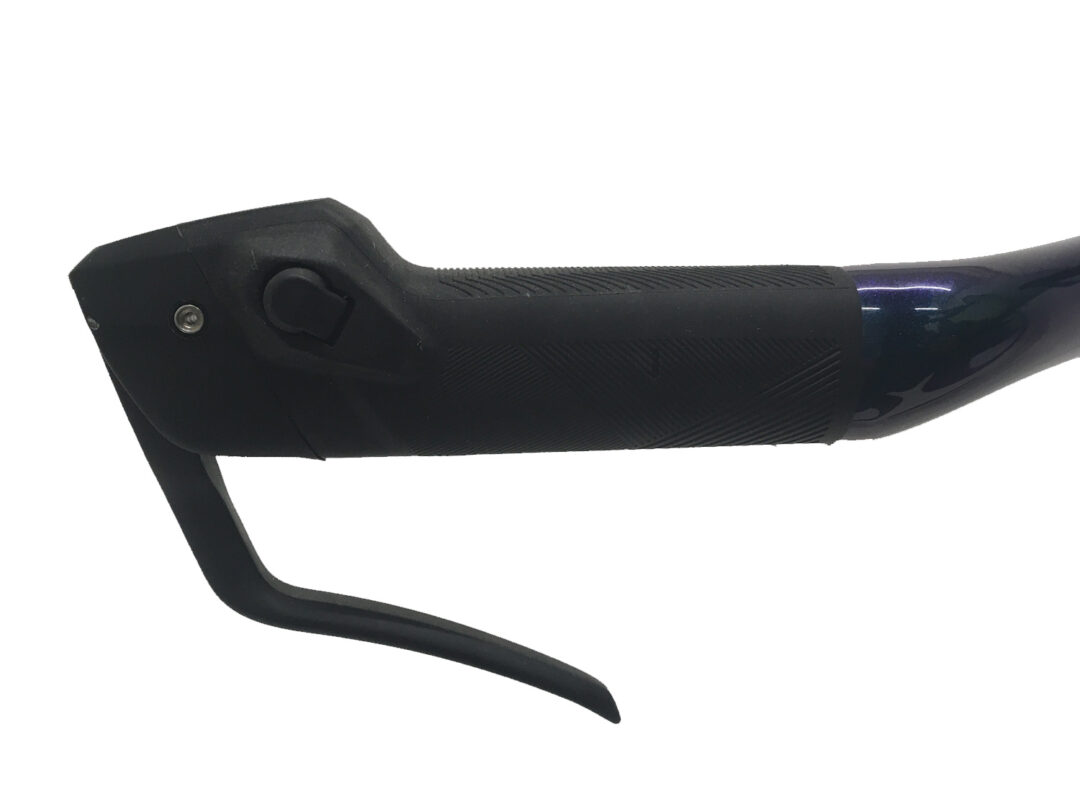
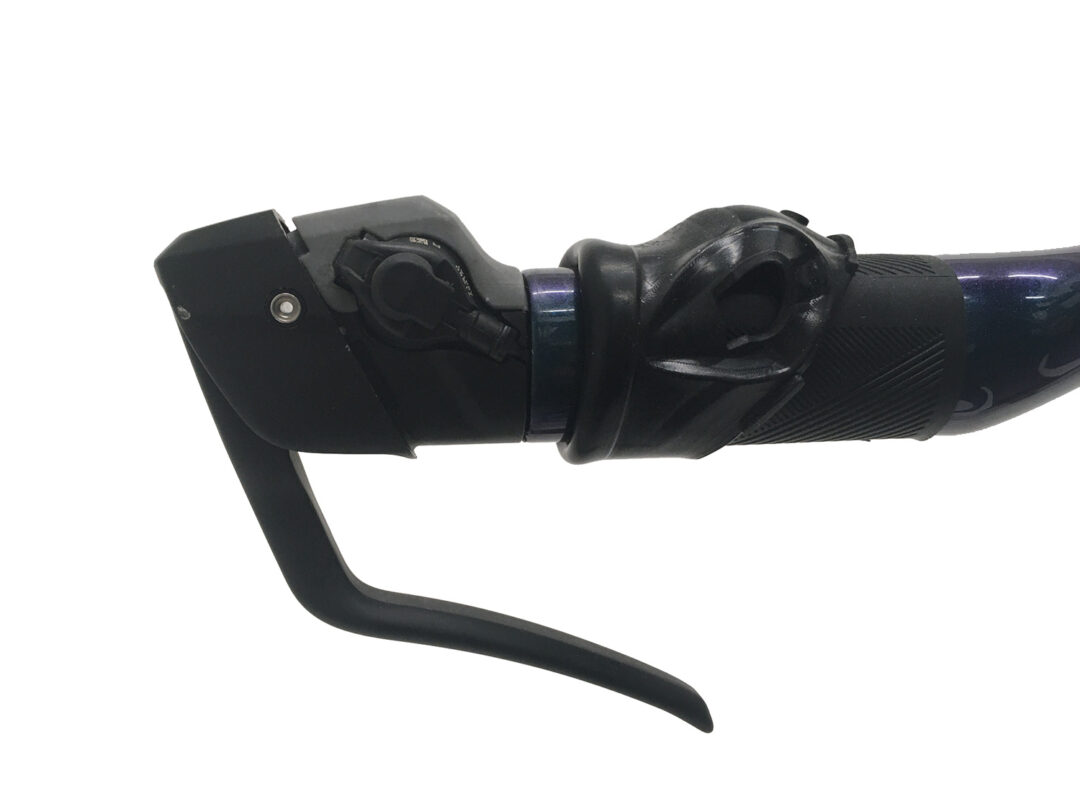
Integrated Hydraulics
The hydraulic reservoir is integrated into the handlebar
We used TRP’s standard parts on a proprietary brake lever and handlebar design, featuring a unique oval shape. That shape offers a more natural and comfortable grip, but also allows for the entire hydraulic reservoir to fit within the basebar. Not only does that give a sleek, clean setup, it provides an aero advantage due to the entire front brake hose being hidden, from the lever to the calipers. The handlebar design also provides riders with the ability to flip the basebar, again prioritising the ability to get the ideal fit.
Lastly, to be sure we maximised the sleek design of the hidden reservoir, we designed our own grips – say goodbye to bar tape! Because each shifting standard is slightly different - and we wanted full compatibility – we’ve provided grips for Shimano Di2, SRAM AXS MultiClic, as well as mechanical gearing.
Testing Rider Position in the Wind Tunnel
As we mentioned earlier, the biggest variable in aero performance is the rider’s position. Our cockpit redesign definitely took this into account - but how exactly do we know what adjustments to make? During the development of the new E-119 Tri+ Disc we went to the wind tunnel to map the CdA of several rider positions. The variables we tested were:
- Angle of the extensions
- Stack height under armrests
- Width between armrests
- Extreme positions, such as the ‘praying mantis’ high hand position
Three repetitions per setup were measured, with the wind at 0° and 45 km/h. As this was early in the process of development of the new E-119 Tri+ Disc, these tests were meant to inform the design process – not validate it. As the new E-119 was still in the early prototype phase, the bike used for these tests was the E-118 Tri+.
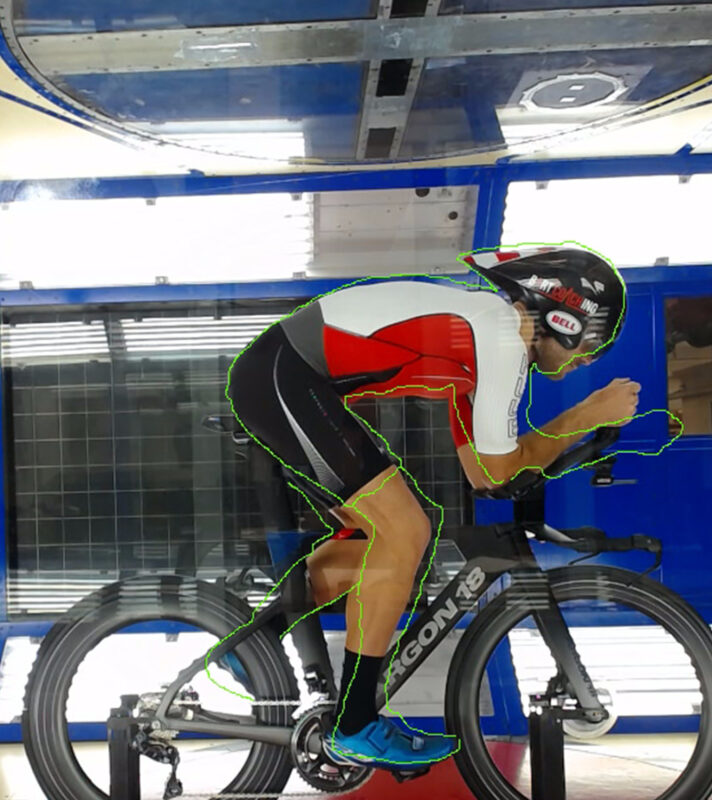
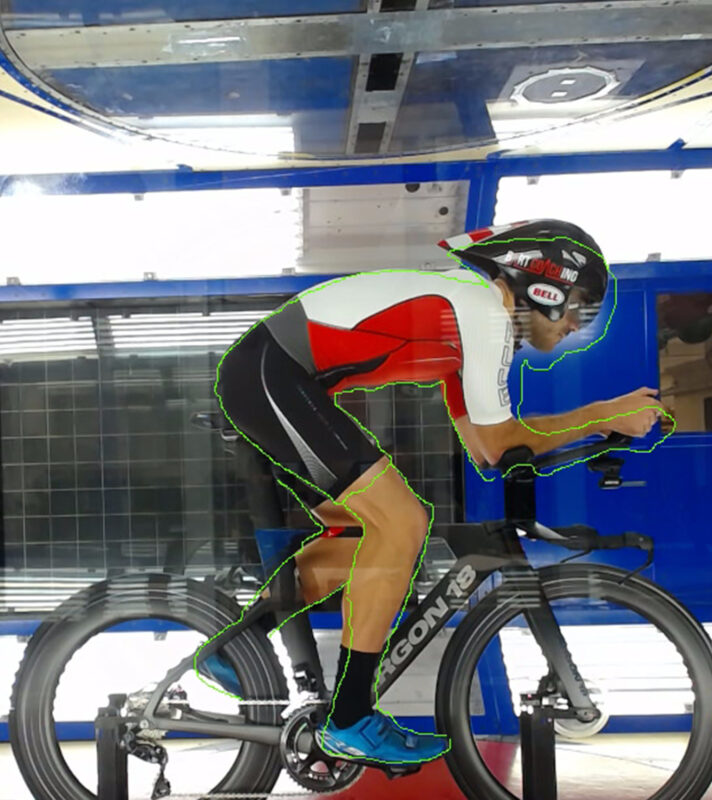
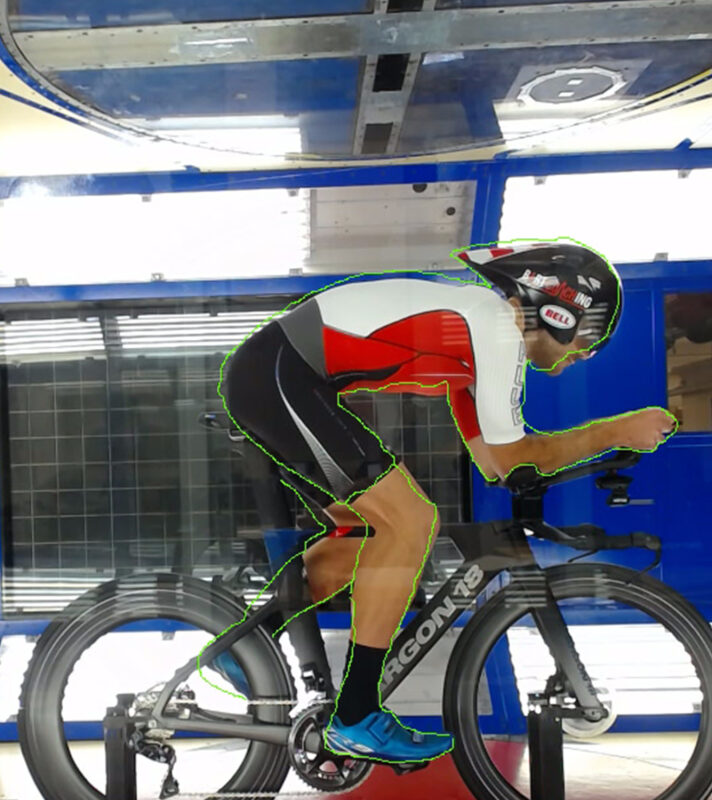
Evaluating Rider Position
Our cockpit design was influenced by our study of optimal rider positioning
While these tests informed our design, we also saw that the most important part of fit is the individual athlete’s ability to hold the position while maintaining other performance benchmarks, such as power transfer to the pedals. It’s also essential to consider the entire body position, as the angle of the forearms in the extensions directly affects the position of the head and shoulders, depending on the rider’s flexibility and other elements of their preferred fit. In this case, raising the head would then affect aero optimisation even if the ideal forearm position is held.
In short, the optimal position for each rider is exactly that: specific to each rider. While there are generalizations that can be seen in increased or decreased CdA, the design of our new cockpit reflects that each rider should have the ability to easily and precisely adjust their position, and find it comfortable for the long haul.



